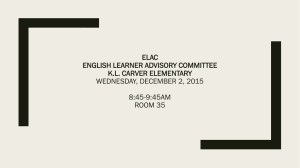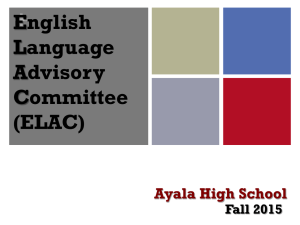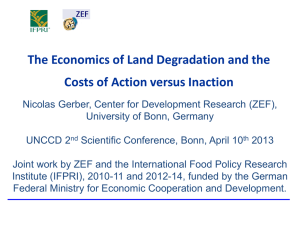Economics of Land Degradation Initiative
advertisement
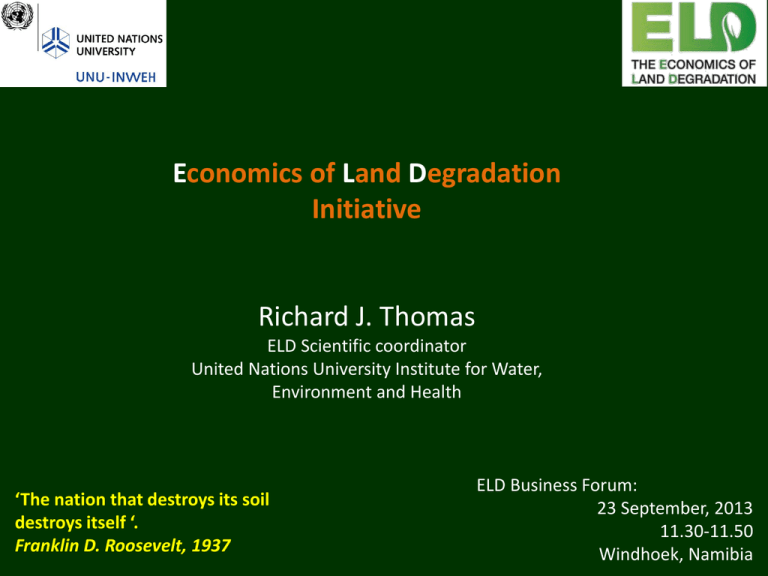
Economics of Land Degradation Initiative Richard J. Thomas ELD Scientific coordinator United Nations University Institute for Water, Environment and Health ‘The nation that destroys its soil destroys itself ‘. Franklin D. Roosevelt, 1937 ELD Business Forum: 23 September, 2013 11.30-11.50 Windhoek, Namibia Purpose of the Economics of Land Degradation Initiative • To raise political and public awareness of the impacts of land degradation and benefits of Sustainable Land Management from an economic perspective. • To develop a harmonized cost-benefit analysis tool box for use in decision making on rural development and food security via promotion of SLM Why an initiative on the Economics of Land Degradation? • Food security crisis and increased competition for land • Not much action on reversing/preventing land degradation so far despite well-known technical solutions • Socio-economic consequences of land degradation: – Social tensions; social unrest – Lack of development of existing economic activities – Lack of development and establishment of new economic activities & investment opportunities • Associated growing unemployment, reduced economic wealth, reduced social progress The initiative considers the gaps for better decision making for Sustainable Land Management 1. Need for robust cost effective economic valuation methods 2. Understand better how land users take decisions 3. How to reverse the ‘investment deserts’ of degrading land The ELD can help decision makers: • Assess true costs and benefits of investments and policies by quantifying the impact of changes on provision of environmental goods and services • Provide a rationale to choose between options for economic benefits • Support policy by providing information to correct market failures • Raise awareness of investment opportunities for the private sector • Reduce social tensions eg., between development & conservation by aiding equitable redistribution processes • Identify conditions for success and non-economic barriers to correct policy and institutional failures The ELD approach Cost-benefit analysis based on the total economic value of ecosystem services derived from land, to compare the $$$ costs of action to the $$$ benefits from action If benefits > costs, we should take action! Total Economic Value of Land And Land-based Services Use Value Direct Use Value Indirect Use Value Non demand based methods Market price, replacement costs, dose-response methods, damage cost avoided, mitigation costs, opportunity costs Non-use Value Option Value Existence Value Revealed preference methods (demand-based) Hedonic price method Travel cost method Benefit transfer Bequest Value Stewardship Value Stated preference methods (demand-based) Contingent valuation Choice experiment Decision-making framework A given piece of land, for a given legal, political and economic context Starting point: 3 options for action: Improved productivity Change nothing (business as usual) Alternative livelihoods (economic activities) Estimate total economic value of economic costs and benefits: Net economic benefit from Improved productivity Net economic benefit from business as usual Net economic benefit from Alternative livelihoods Choose option with greatest net economic benefit for action (or inaction) and adapt legal, political and economic context to enable adoption of chosen option Targeting the poor as a priority Scaling up SLM practices that are adopted by the poor and establishing an enabling environment could bring the greatest and most efficient rewards in achieving food security and global land restoration Why? Most of the world’s 1 billion poor are fed by hundreds of millions of small holders (<2ha) using mixed crop-livestock systems What is needed at the private sector level? Investments that create wealth and employment for small scale farmers and that scale up successful interventions Ie., reverse the “investment deserts” of degrading land Options/actions at the private sector level • Help establish new markets for ecosystem services • Focus on local cluster building (after Porter & Kramer, Shared value) • Joining existing research, policy and stakeholder platforms such as ELD, UN Drylands action plan (STAD’s), Evergreen agriculture, etc. Local cluster development • Clusters include support related to education, transportation, health, increasing the pool of workers (gender aspects) • Support to suppliers, micro-financiers, service providers and logistical infrastructure • Collaboration with trade associations, cooperatives, government agencies and NGO’s Next steps for ELD • • • • Continue compile & synthesize case studies (>200 so far) Establish case study research sites for TEV (3 proposals funded) Build capacity for economic valuation in developing countries Three working groups to contribute to reports for private sector, practitioners & decision makers, and scientific community • Harmonize methodologies (tool box) Take home message A focus on economics can bring balance, equity and foster stakeholder collaboration Please join us http://eld-initiative.org
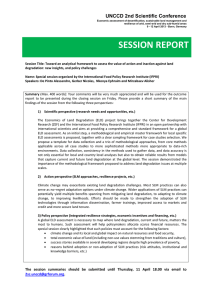




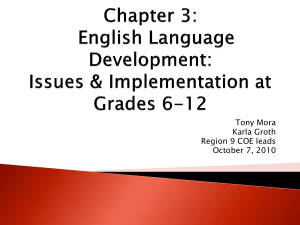
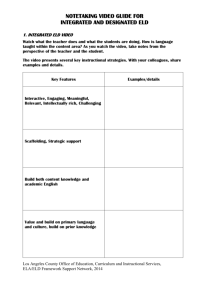

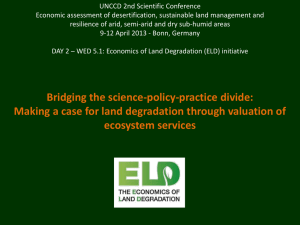

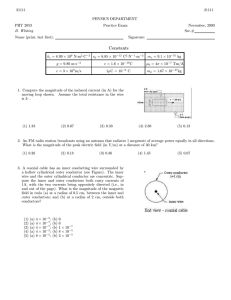

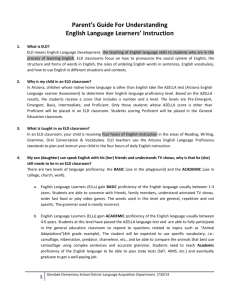
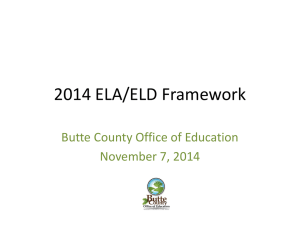

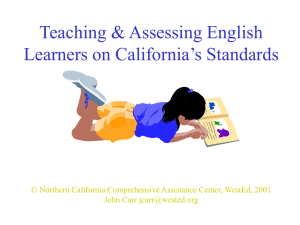
![21111 PHYSICS DEPARTMENT PHY 2054 1st Exam [CJ Ch. 25{27]](http://s2.studylib.net/store/data/010449628_1-7e650b17427c74d966e63ab40a571348-300x300.png)
